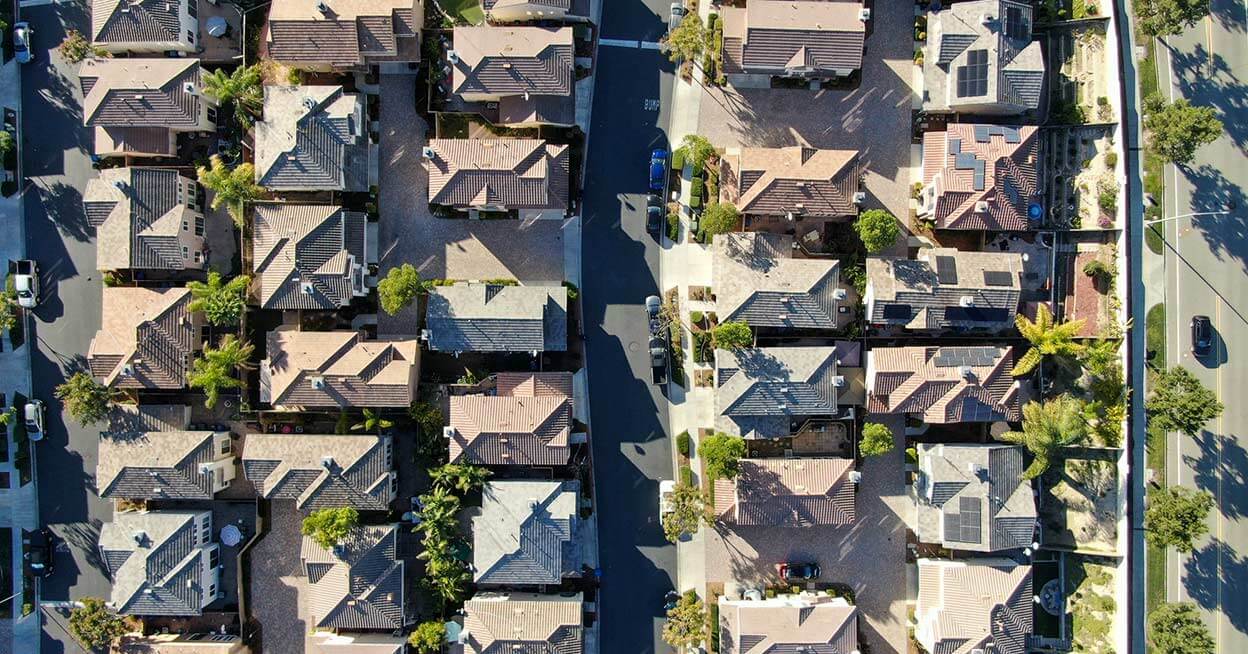As your homeowners association ages, its management must also evolve. In many ways, HOA management is like owning a car. In the first few years, everything is new and running smoothly, so you may only need to fill up with gas and change the oil. Years 4-5 require more extensive routine maintenance: replacing the brakes, flushing the radiator, etc. As your car continues to age, you must ultimately begin to replace major components, all of which mean more investment.
HOA management is similar to car ownership in that as the association ages, boards must pay more attention to significant maintenance and upgrades – and must budget and plan accordingly.
We classify “aging communities” as anything over the ten-year mark. Since many Southern California HOAs are now reaching their 20+ year anniversaries, it’s time to start making decisions that serve your community today while setting the association up for success well into the future.
What many communities overlook
As a community reaches the 20-year milestone (and onward), regular maintenance is no longer enough. Unfortunately, too many reserve studies greatly underestimate the actual, current cost of replacement. Instead of patching potholes in the streets, HOAs might be facing an entire repaving project. Instead of trimming trees, it might be time to replace them or even undertake a full landscaping changeover.
It’s incumbent on the board to consider these costs and anticipate the true scope of dues required to meet future financial needs.
Every HOA needs a clear vision
What is the long-term vision for the community? What can the board do today – and over the coming years – to drive resale and to elevate property values? These answers to these questions drive decision-making and will ultimately influence the collection and allocation of dues and assessments.
Your HOA’s strategic plan should be a concise, bulleted list of the types of actions the board will take to protect property values and promote the community as a quality place to live. Your homeowners association management company may be able to provide examples of strategic plans from other similar communities in your area for reference. Limiting your plan to a few pages will make it easy for incoming board members to read and internalize.
Beware of sacrificing long-term success for short-term “wins”
When it comes to community dues, we see two distinct philosophies:
- Boards that understand the necessity of financial foresight, accurately estimating the reserve amounts required to responsibly maintain an association long-term
- Boards that attempt to hold down association dues at an artificial ceiling, ultimately creating a gap between operational capital and the HOA’s true financial needs
The issue with the second approach is that the financial shortfall always becomes apparent when major upgrades are required, resulting in relatively large hikes on dues or unexpected special assessments. It’s always more advisable to take a realistic look at the association’s current and future financial needs and allow dues to track incrementally alongside the cost of maintaining property values.
We understand that promising low dues can be a political win, but this strategy can often come back to haunt board members as they are forced to react to the realities of maintaining aging communities.
Evaluate your reserve study
California state code requires HOAs to conduct 30-year reserve studies and for reserve analysts to complete a visual inspection of the community every three years. However, there’s no need to wait until your next state-mandated reserve study to take a closer look at your reserves. Your homeowners association management company can help you draft your strategic plan and begin comparing it to your current reserve study. Keep in mind that not only should your HOA collect enough reserves to fund your community’s vision, but you must also have the working capital to respond to legislative changes and code requirements as they arise.
Communication is key
Reserve studies, strategic plans, and other financial considerations are usually not top-of-mind for the average homeowner. Therefore, HOA boards should explicitly communicate these objectives to the membership in clear, easy-to-understand terms. When homeowners understand the significant value they receive in exchange for their HOA dues, they are more likely to support increases.
Established communities possess an advantage over newer HOAs: they have smoothed out the initial challenges and are now settled into administrative and operational rhythms that align with the pace and lifestyle of the community. That said, maintaining this strong position into the future requires vigilant attention to the HOA’s unique vision and the financial support necessary to ensure that vision becomes reality.
When was the last time you reviewed your community’s reserve study? Our HOA management experts can help you determine if your reserves are sufficient. We’d love the opportunity to help your board of directors assess these important tasks.
